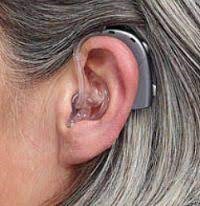

An ear mould, also spelled as "earmold," is a custom-made piece of material that fits snugly into the outer ear or ear canal. Ear molds are commonly used with various types of hearing devices to provide a comfortable and secure fit, improve sound quality, and reduce feedback or noise interference. They can be made from a variety of materials, including silicone, acrylic, or other soft plastics.
Here are a few contexts in which ear molds are commonly used:
- Hearing Aids: Ear molds are often used with behind-the-ear (BTE) or receiver-in-canal (RIC) hearing aids. They help keep the hearing aid in place and ensure that the amplified sound is directed effectively into the ear canal. Ear molds for hearing aids are custom-designed to match the unique shape of the individual's ear.
- Cochlear Implants: People with cochlear implants may use custom ear molds to help hold the external processor in place and ensure that sound is delivered accurately to the implanted device.
- Musicians and In-Ear Monitors: Musicians and audio professionals often use custom ear molds to create a proper seal in the ear canal for in-ear monitors. These monitors provide high-quality sound isolation and help musicians hear themselves and their fellow performers clearly during live performances.
- Communication Devices: Custom ear molds can also be used with communication devices, such as two-way radios or headsets, to improve comfort and sound quality.
The process of obtaining an ear mold typically involves creating an impression of the ear using a soft, moldable material. This impression is then used to manufacture the custom ear mold. The mold is carefully designed to match the individual's ear shape and the specific device it will be used with. The goal is to provide a comfortable fit that ensures optimal sound transmission and minimizes issues like discomfort, feedback, or sound leakage.
Call MVM Vākśravaṇa Clinic at 080-69956566 for more information or to schedule an appointment.
